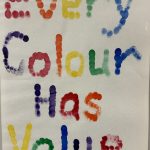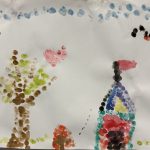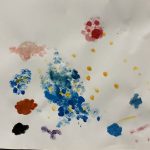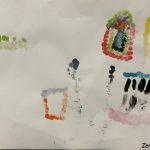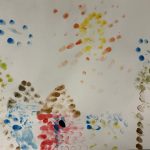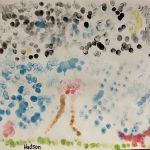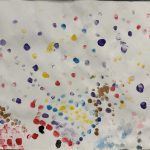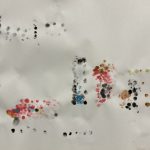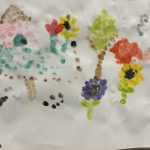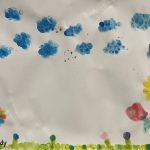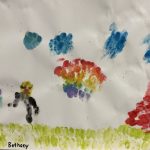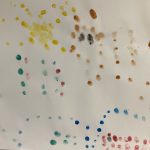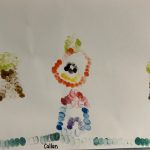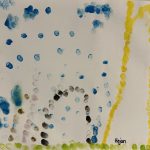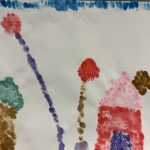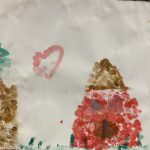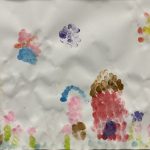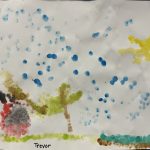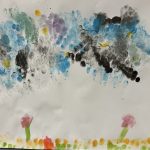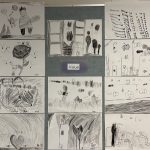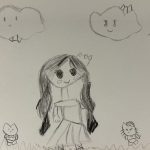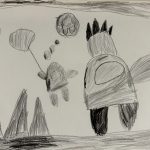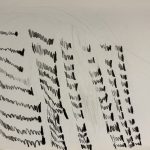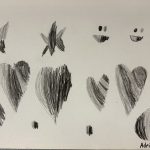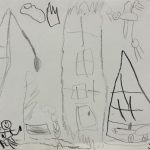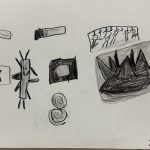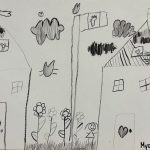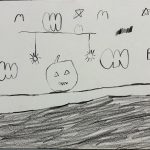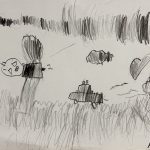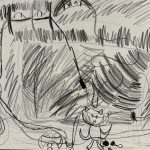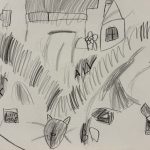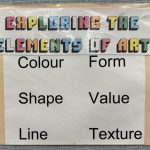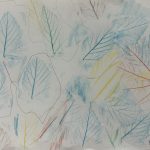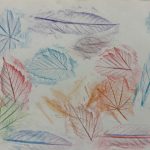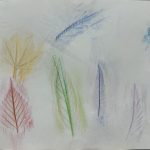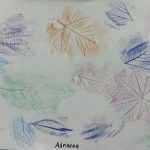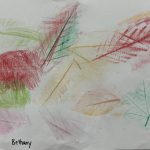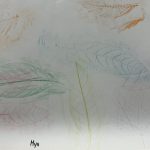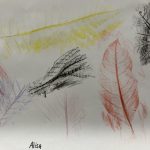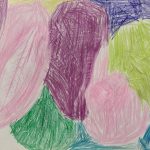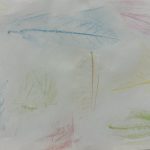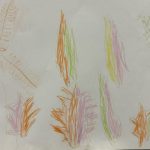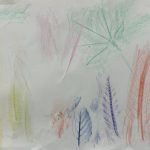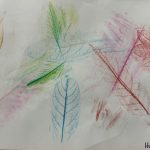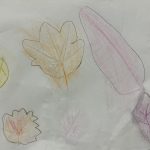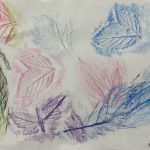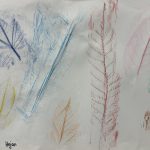Continuing with our study of ‘value’, students used watercolour paints, water, and their fingers to create pictures showing differing levels of value in each colour. Students were to ‘load’ their finger with paint and push down and lift up from the paper until their finger was dry. The idea was to show the colour from its darkest value to its lightest value, while still creating a recognizable picture.
Month: October 2024
Value
In our exploration of the Elements of Art (line, shape, colour, value, form, texture, and space) we are starting our focus on ‘value’. We started with a discussion of the colours around us, and I asked the students where the colour was, and they obviously pointed to various objects. We then had a short trip into the Art Room next door to our classroom. I again asked the students where the colour was, and again they pointed to the various stacks of coloured papers and paints. I turned out the light and asked again. We did this a few times until the children began to realize that we can’t have colour without light. Back in the classroom we talked about different coloured shirts. One student was wearing a blue shirt, so I told a story about all the colours asking to come to his shirt’s ‘party’. Each colour was welcome until Blue asked and Blue was told that there was no more room and that the party was too full. For some reason the pigment in that shirt will not allow for any more blue light to come in. The blue light must go somewhere so it bounces off the shirt and hits our eyes. This sensation travels up our optic nerves to our brains and we see this sensation as ‘blue’. We did this for a few other colours. Students began to understand that we see the colours as they are reflected to our eyes. When we talked about a black shirt, we learned that ALL the colours were at that party as there was no light source. For a white shirt NONE of the colours were there because when all colours bounce off something we see ‘white’. Students learned that black and white are not colours (not in the rainbow) and that they are values instead. ‘Value’ refers to how artists use light and dark. White is the lightest light and black is the darkest dark. Each colour also has a value which we will learn about next week, along with the concept of ‘shades’ and ‘tints’. For this week students were given a large piece of white paper and were to create a picture using only a black waxed crayon. I demonstrated ‘gradation’ (changing intensity gradually) and ‘contrast’ (making a sudden change from light to dark). These pictures are posted below:


